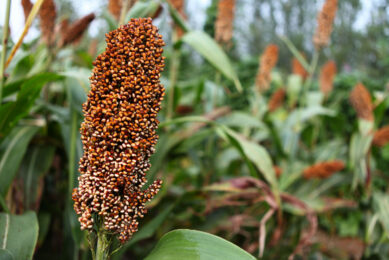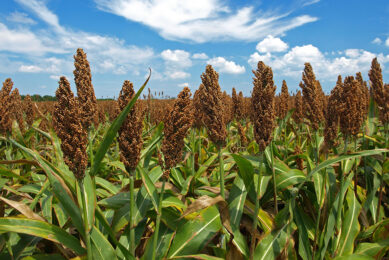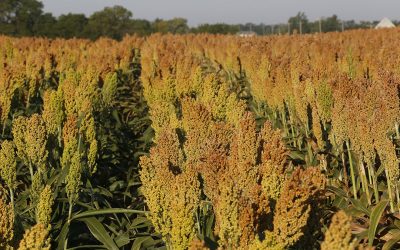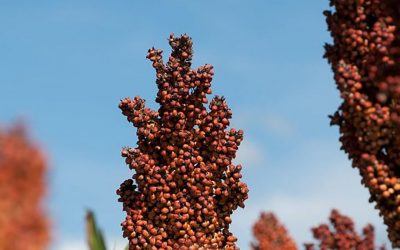Sorghum has potential in Southeast Asia
Sorghum is exceptionally well-suited for the tropical conditions in Southeast Asia because of its low vulnerability to moulds and mycotoxins and physical characteristics that allow it to be stored longer.
Two factors contribute to its current low use levels in the region, according to Adel Yusupov, US Grains Council regional director in Southeast Asia, who recently completed a ten-day sorghum promotion “road show” in Vietnam, Malaysia and Indonesia.
“Competitive pricing and consistent supply is a barrier,” he said, noting that prices for Argentine sorghum with less than 1.5% tannin were recently $45 per metric ton below Argentine corn and $54 per metric ton cheaper than US sorghum in containers.
Major competition in the region comes from “combo” shipments of Argentine corn and sorghum, which enjoy an additional advantage from feed millers’ preference for Argentine corn over US corn.
Yellow colour
A second barrier, according to Yusupov, is regional consumers’ preference for very yellow yolks, fat, and skin in swine and poultry products.
“It would be difficult to convince poultry or pig producers to switch to sorghum (which produces whiter fat in pigs and paler poultry),” he said. “In contrast, there is not the same preference in fish fillets, and the Council believes this is a ready niche market opportunity for sorghum in Southeast Asia.”
He believes progress on sorghum use in the region can be achieved by promoting sorghum to aquaculture feed producers and nutritionists.











